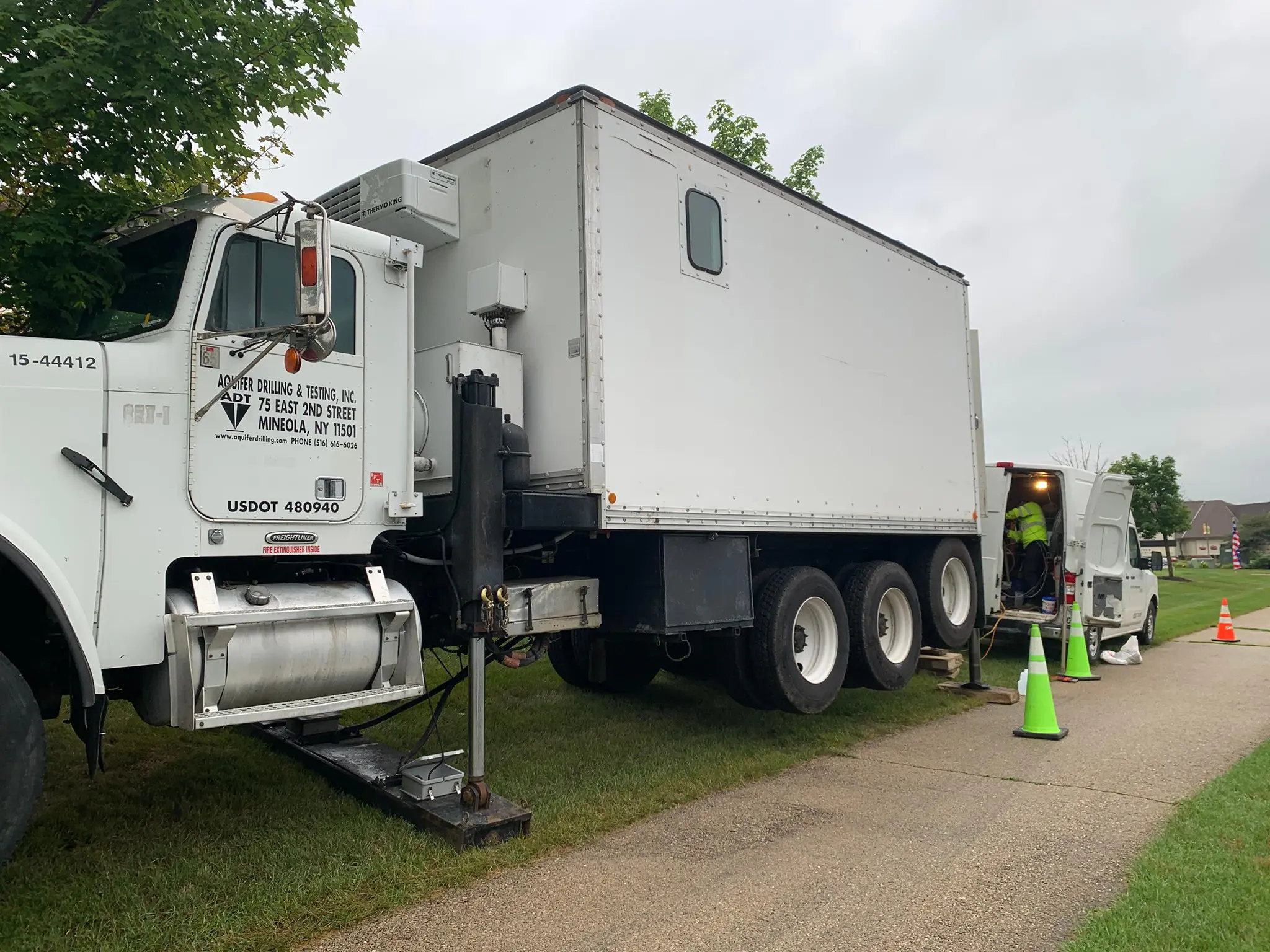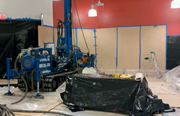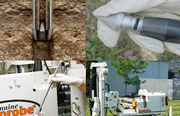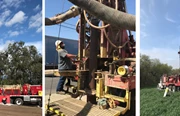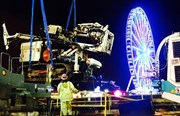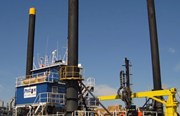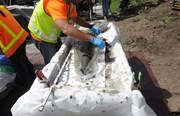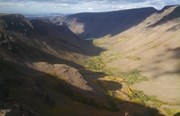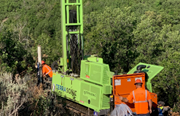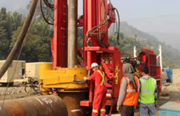Drilling 106: An Introduction to Core Drilling
By: Cascade EnvironmentalThe ancient Egyptians may be best known for hieroglyphics, the pyramids, and the Sphinx, but their accomplishments extend beyond writing, construction, and art—they were pioneers of the drilling industry, too! Ancient Egyptians invented core drilling, which dates back to 3000 BC, and is still in use. In this article, we’ll explain the two main types of coring and how they work, as well as the most common applications for each.
Types of Coring
There are two main types of core drilling: hard coring and soft coring. This refers to the type of lithology each method is suited for. Soft coring is used when taking a core sample of unconsolidated material and is capable of reaching depths of 500 feet (or more—but this is what is typical for environmental industry projects).
Hard coring is used when the subsurface consists of materials as hard or harder than sandstone. Much greater depths can be reached with this type of coring; when telescoping, 5,000 feet bgs is not uncommon.
How Core Drilling Works
Soft coring uses a punch core system. This involves using two barrels, one nested inside the other. The inner barrel is pushed out in front to capture the core sample, then the outer barrel is extended to provide casing, so the hole doesn’t collapse. This method protects the integrity of the sample from the air or fluid used when progressing the outer barrel.
Hard coring also uses two nested barrels, but the outer barrel is extended before the inner barrel. This means the sample is washed with the drilling fluid or air, but because the core sample is of competent rock, there is no danger in it being disturbed or contaminated. Hard coring is sometimes referred to as diamond coring, as drill bits with small diamonds embedded are used in difficult lithology to cut through rock.
Applications of Core Drilling
Coring—whether soft or hard—is used when it’s important to see and define geologic formations.
Soft coring can core continuously through interbedded clays and sands. The resulting sample highlights the different formations, and consultants can pinpoint how deep the casing needs to be set to seal off contaminants and avoid potential cross contamination.
Hard coring is used on environmental projects for a very similar reason—to identify fractures in the geology and determine where/how contaminants may be spreading in the subsurface. However, it can also be used for exploratory mining projects to determine how deep or in what direction they should drill for ore or minerals.
When To Use Core Drilling
Coring is the technology to use when your project requires clear definition of geologic formations. While other drilling technologies can produce data about the subsurface, some of them—such as mud rotary, for example—could potentially miss a thin 3-inch layer. On projects with huge price tags and little room for error, you can’t afford to overlook that data. Although drilling with a core bit adds an extra step to the process, having a clear understanding of the formations will ultimately save a lot of time, money, and headaches in the long run.
CORE DRILLING RESOURCES AND LOCATIONS
If you’d like to learn more about drilling, site investigation or remediation technologies, sign up for our webinar invitation list. We offer presentations for everyone from consultants just starting their careers to seasoned pros interested in deeply technical content.
REGISTER FOR WEBINAR INVITATIONS >>
ABOUT THE AUTHORS
MIKE MOTTET
Operations Manager
[email protected]
Mike Mottet is an Operations Manager at Cascade Environmental. Thirty-nine years ago, he packed his bags and moved to California from the Midwest. Once on the west coast, he got a job as a driller assistant, and began working his way through the ranks. Now, he leads operations for our Upland, California office. Mike is well versed in flooded reverse circulation, dual tube reverse circulation, direct mud rotary, hollow stem auger, percussion hammer, coring, dual rotary drilling methods.
SCOTT JOHNSON
Director of Rotary Services
[email protected]
Scott Johnson began his career in drilling as a rig hand in 1978. Since then, he has held numerous positions with increasing responsibility, capped by his current role as the Director of Rotary Services for Cascade. Scott has demonstrated over the years that “money is made and lost in the field,” and has dedicated his time and efforts into training other drillers to work safely and effectively.
Scott started in the water well industry and has worked with most (if not all) types of drilling technologies. He specializes in coring techniques available for environmental and geotechnical applications. Scott is known for his ability to match drilling techniques with the unique project requirements to successfully complete the job. In Scott’s spare time, he enjoys camping and UTV riding with friends as well as upland bird hunting with his wife and their three dogs.



